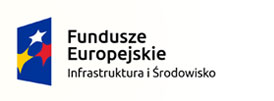NOSPR / Dybał / Dervaux / The fate motif and cinematic suspense - NOSPR
NOSPR / Dybał / Dervaux / The fate motif and cinematic suspense
„Thus, fate is knocking on the door” – as anecdote has it, that was how Beethoven described the famous, dramatically forceful motif opening his Symphony No. 5. The initial sounds of the overture to Giuseppe Verdi’s The Force of Destiny opera have a similar effect of activating one’s imagination. They serve as a lavish introduction to a story of melodramatic love, which maestro Verdi generously decorated with the intense colours of the monumental wind section.
The Italian style and a captivating narrative are also the elements that fuel Nino Rota’s Concerto for bassoon and orchestra. Born in Milan, the composer became famous thanks to the scores he wrote for giants of cinema, the likes of Fellini, Visconti and Coppola. Can we hear that the concert pieces come from the same composer whose sounds told the story of the Corleone family? Obviously! The Concerto for bassoon and orchestra is a gripping narrative led by the noble sound of the solo instrument, filled with plot twists, tightly-packed dramatic events, and even with humour.
Film music has borrowed from the works of late Romanticism with abandon. After all, Nino Rota himself is also deeply indebted to Wagner or Verdi, the latter’s work also constituting the finale of this concert. Just like film music, which began to build its own prominence and storm concert halls in Nino Rota’s time, the ballet music from Verdi’s opera Don Carlos gained independence from theatre stages and, over time, found a life of its own as a concert piece. To this day, the instrumental parts inspire awe with their epic orchestration and enthralling dramatic sequences, held together by suspense of a nearly cinematic scale.
Krzysztof Siwoń
Concert duration: approximately 70 minutes
Upcoming events
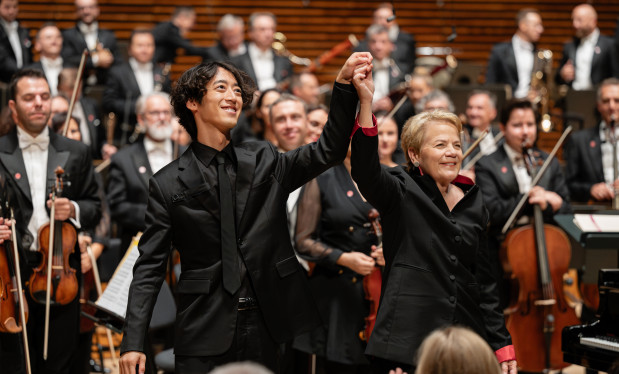
Japan tournée / NOSPR / Marin Alsop / Hayato Sumino / Masaya Kamei
Tokyo Opera City
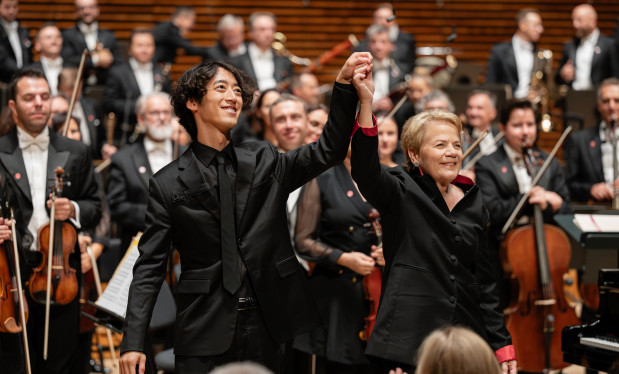
Japan tournée / NOSPR / Marin Alsop / Hayato Sumino
Toyama, Aubade Hall
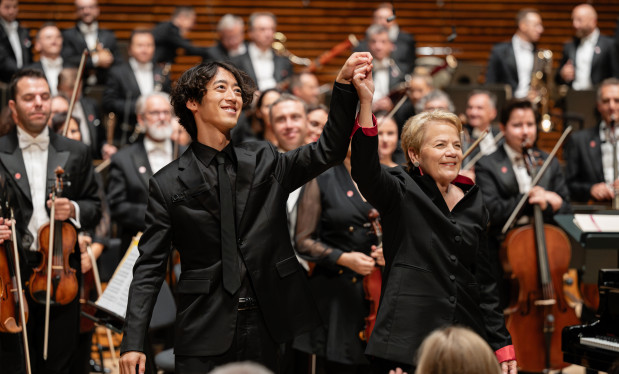
Japan tournée / NOSPR / Marin Alsop / Hayato Sumino
Osaka, The Symphony Hall
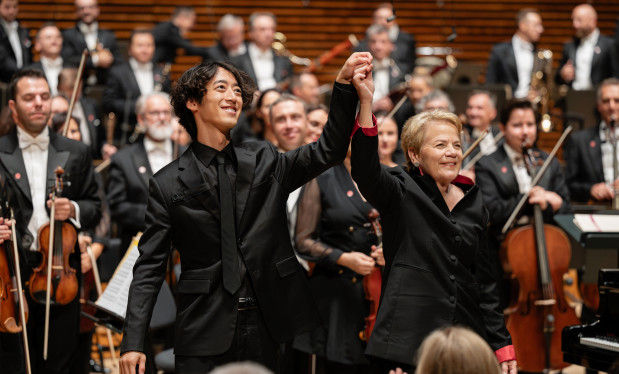
Japan tournée / NOSPR / Marin Alsop / Hayato Sumino
Kurashiki Shimin Hall
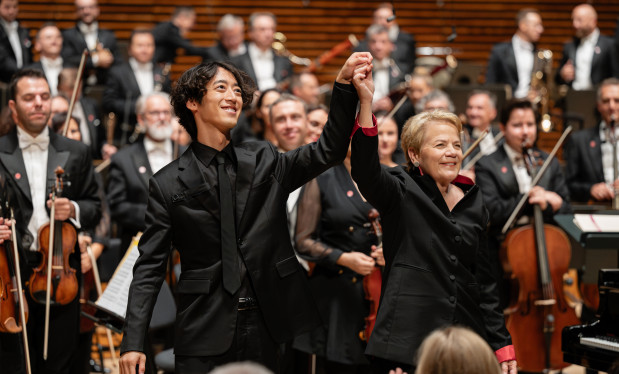
Japan tournée / NOSPR / Marin Alsop / Hayato Sumino
Yokohama, Minato Mirai Hall

Japan tournée / NOSPR / Marin Alsop / Hayato Sumino
Tokio, Suntory Hall
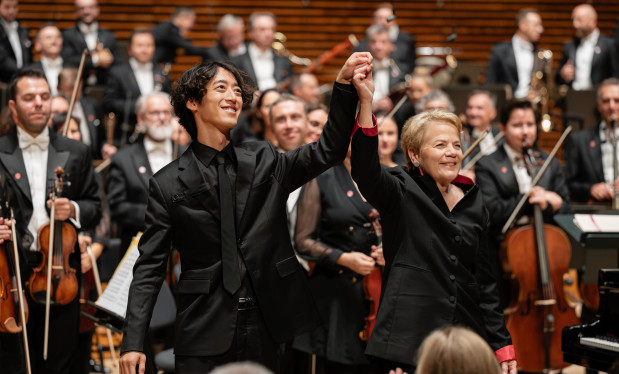
Japan tournée / NOSPR / Marin Alsop / Hayato Sumino
Nagoya, Aichi Prefectural Art Theater

Japan tournée / NOSPR / Marin Alsop / Hayato Sumino
Tokorozawa Muse
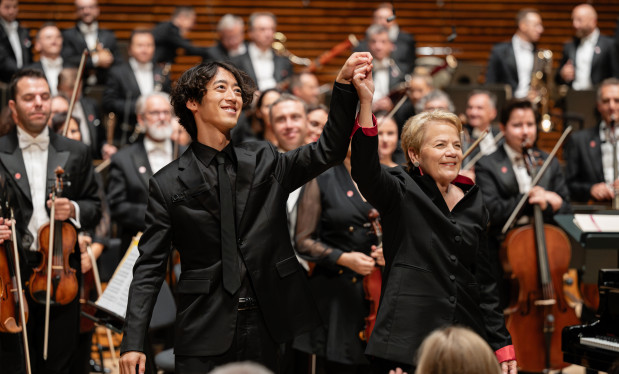
Japan tournée / NOSPR / Marin Alsop / Hayato Sumino
Chiba, Ichikawa Shimin Hall
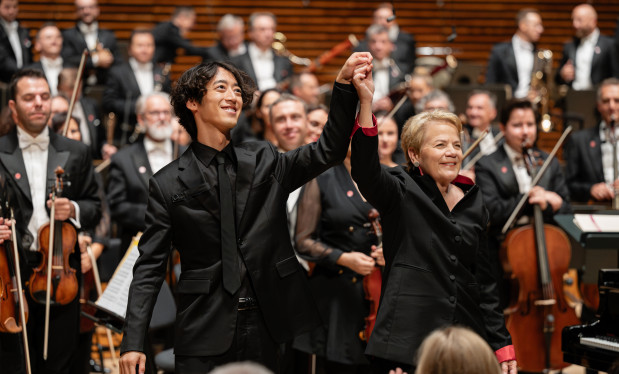
Japan tournée / NOSPR / Marin Alsop / Hayato Sumino
Shizuoka, Act City Hamamatsu
